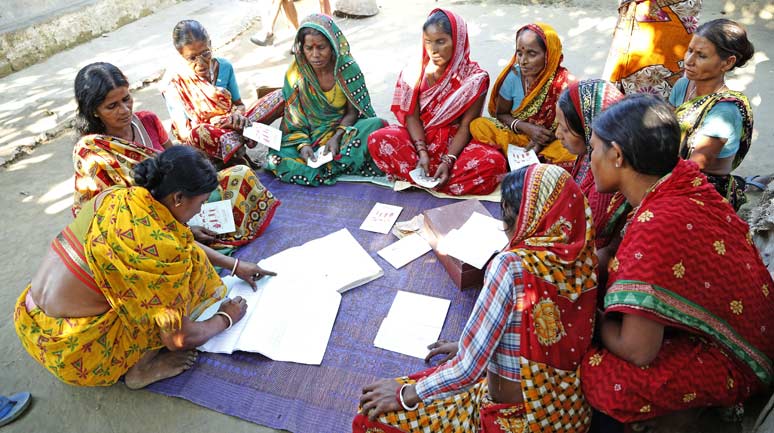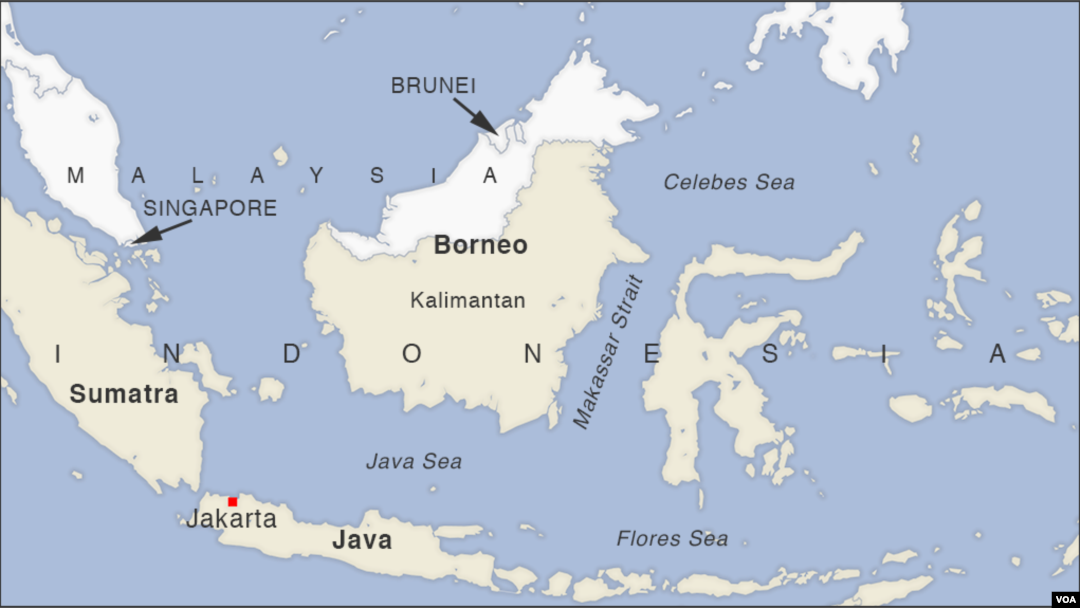Test 30 (ART & CULTURE)
10 March 2023

10-03-2023
12:00:AM
3526 Views
Table of Contents
|
Different faces of the Indian women’s movement
GS-1:Role of women and women’s organization.
The Indian women's movement is widely recognized for its liveliness, but its gradual evolution has not received as much recognition. Throughout the years, its focus has shifted from being a guiding light for the nationalist movement to a civil society movement that prioritizes rights, and finally to a state-led push for economic empowerment.

Evolution of Indian women’s movement
- The Indian women's movement has undergone a significant transformation over the years. There are three phases of its evolution –
Nationalist Movement
- In the late 19th and early 20th centuries, the Indian women's movement emerged as an integral part of the larger nationalist movement.
- Women played a crucial role in the fight against British colonialism and demanded greater political rights and social equality.
- For example, women’s participation in salt satyagraha (1930) and Quit India movement (1942).
- This period saw the emergence of women's organizations such as the All India Women's Conference, and women's leadership in politics became more accepted, leading to increased participation in electoral politics.
Civil Society Movement
- In the 1970s, the women's movement shifted its focus to civil society issues.
- Women from diverse backgrounds and regions came together to fight for issues such as domestic violence, rape, dowry, and workplace discrimination.
- The movement emphasized the need for legal reforms to protect women's rights and grassroots organizing for legal and policy reforms against patriarchal institutions.
- This period saw the emergence of ecofeminist movements such as Chipko, SEWA, and protests like Nirbhaya, ShaheenBagh, and Sabarimala.
State-Led Movement
- Starting in the 1990s, the women's movement became more institutionalized and was taken up by the state.
- The focus shifted to economic empowerment, with the government launching various schemes and programs aimed at improving women's economic status.
- The movement also advocated for greater political representation for women, leading to the passage of the Women's Reservation Bill in 2010.
- This period saw the passage of the 73rdAmendment to the Constitution, reserving one-third of seats in panchayats for women, and the induction of 78 women as MPs in the 17thLok Sabha - the most in the country's history.
- Self Help Groups (SHGs) were also invested in heavily, and today there are about 1.2 crore SHGs in India, most of which are all-women.
Impact of these Women’s movement

- Political Representation
- The women's movement played a crucial role in demanding greater political representation for women.
- The Women's Reservation Bill was passed in 2010, reservingone-third of seats in panchayats for women, which led to an increase in women's participation in local governance.
- The 17thLok Sabha had the highest number of women MPs in the country's history.
- Legal Reforms
- The women's movement has been instrumental in advocating for legal reforms to protect women's rights.
- The movement has resulted in the enactment of several laws, such as the Protection of Women from Domestic Violence Act, the Sexual Harassment of Women at Workplace (Prevention, Prohibition and Redressal) Act, and the Criminal Law (Amendment) Act, 2013, which provides for harsher punishment for crimes against women.
- The movement has also led to the creation of specialized institutions such as the National Commission for Women and the State Women's Commissions.
- Economic Empowerment
- The women's movement has focused on economic empowerment, leading to the launch of various government schemes and programs aimed at improving women's economic status.
- SHGs have been invested in heavily, and today there are about 1.2 crore SHGs in India, most of which are all-women.
- The movement has also led to the creation of job opportunities for women, especially in the organized sector.
- Social Changes
- The women's movement has led to significant changes in social attitudes towards women.
- The movement has highlighted issues such as domestic violence, rape, dowry, and discrimination in the workplace, and has created awareness about these issues.
- The movement has also led to the emergence of feminist literature, art, and cinema, which have contributed to changing societal attitudes towards women.
- Grassroots Mobilization
- The women's movement has been instrumental in mobilizing women at the grassroots level, creating awareness about their rights, and empowering them.
- The movement has led to the emergence of women's organizations, which have played a crucial role in addressing women's issues at the community level.
- The movement has also created a sense of solidarity among women from different backgrounds and regions, leading to the emergence of intersectional feminism.
Criticism of women’s movement
- Caste and Intersectionality
- The women's movement in India is not inclusive enough of different caste, class, and religious groups.
- The movement needs to become more intersectional to ensure that the voices of all women are heard.
- Not Trans-Inclusion
- The movement needs to recognize and address the discriminationfaced by transgender women and make efforts to include them in their activities and leadership.
- Violence against Women
- Despite the progress made by the women's movement in India, violence against women remains a significant challenge.
- The movement needs to continue to focus on this issue and advocate for better laws and enforcement to protect women from violence.
- Women's Health
- Women's health is an often-neglected area in India.
- The women's movement needs to take up the issue of women's health and advocate for better access to healthcare, including reproductive health and maternal health.
- Economic Empowerment
- While the women's movement has made progress in advocating for economic empowerment of women, there is still a long way to go.
- Women continue to face discrimination in the workplace and lack access to credit and other resources.
- The movement needs to continue to push for policies and programs that will support women's economic empowerment.
- Political Representation
- Although there has been progress in increasing women's political representation, women still remain underrepresented in political leadershiproles in India.
- The women's movement needs to continue to advocate for more women in politics and push for greater representation of women in decision-making roles at all levels of government.
Fact File
Why is Indonesia moving its capital from Jakarta to Borneo?
|
Russia’s latest airstrike against Ukraine: What are hypersonic missiles and can they help Moscow win the war
Hypersonic missiles
|













Comments
Login To Comment
Recent Comments